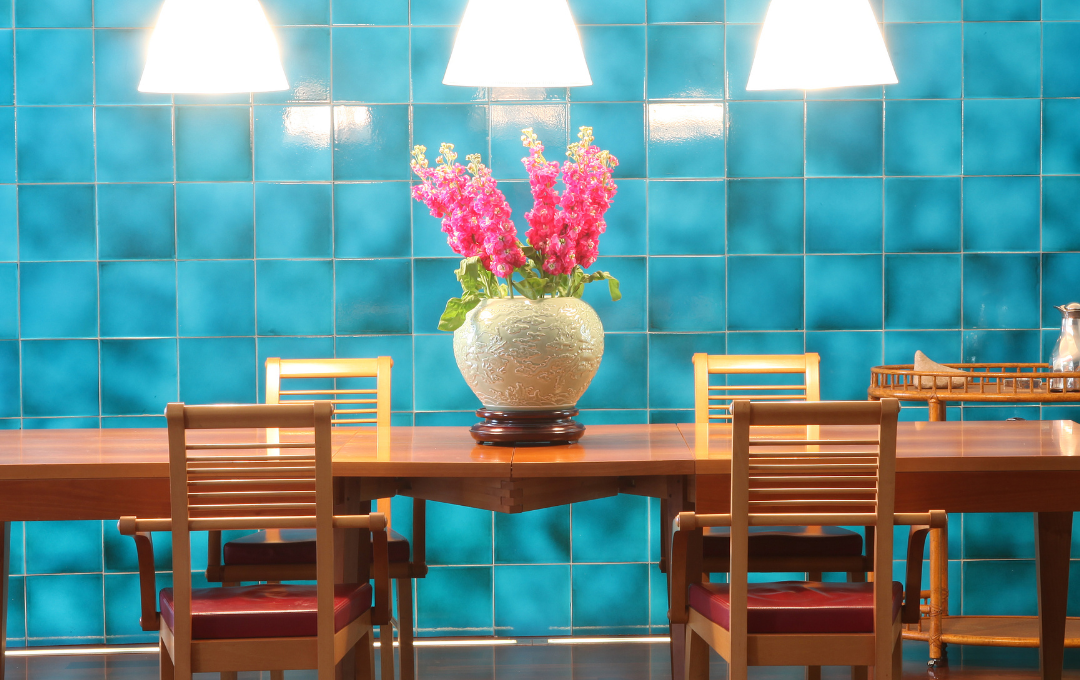When I arrived to teach make up lessons last week at the Oberlin Community Music School, I found the driveway blocked with trucks, wood chippers, and a huge crane trimming the immense oak tree close to the front of the building. After negotiating to get the driveway open, I discovered that I would need to teach in a different room because my usual room was the closest one to this giant, noisy crane. Oberlin CMS is housed in the Burrell-King Building, which was built in 1852 and is listed on the National Register of Historic Places. I usually teach on the second floor, in what was once a bedroom. The living room and dining room on the first floor have grand pianos and are much larger than the upstairs teaching studios. It’s a fantastic building for the community. Because I was the only one doing make up lessons at that time, I decided we would upgrade our room usage and explore the dining room. To be honest, I’d only ever walked through the dining room once before because other teachers are teaching in there. It’s a gorgeous space with a fireplace, bay window with lots of plants, a table, a small sofa, a fancy rug, a chandelier and a grand piano.
My students loved the bigger space and the sound of their flutes in this room. What I noticed was that I was able to physically look at my students differently. Let me explain. I prefer to be seated or standing to the right of my flute students. I can see hands, faces, and music better from this side. I set up the music stand and chairs this way, but the table for my stuff (iPad, water bottle, coffee, bag of music, Pnemo pro, other stuff for students) was at least 10 feet away, in the corner of the room. I was able to observe my students differently because I was farther away from them when standing at the table. It was like zooming out on a camera. As a body mapping/flute teacher, I’m always watching what my students are doing, but it was so much easier to see their whole bodies when farther away. Most of us have taught lessons in small spaces, like practice rooms, when that is the only space available and it works, but it’s much harder to see the big picture. What can we see about how our students are standing or seated on the chair? Can we see the 3-D movements of breathing?
I also enjoyed being able to see my flute students from the front, back, and both sides. I always look from multiple angles when I’m working with my students in my body mapping class. In asking myself why It didn’t really occur to me that it’s also beneficial to look at flute students this way, I had to admit that part of it is because the space generally isn’t big enough. The other part is because I can’t see the music on the stand if I’m far away. We, as teachers, cannot be expected to memorize everything that each of our students play during a lesson. The times when students are doing long tones or scale studies are perfect opportunities to move away from the student and take a look at what’s going on.
Even when seated next to a student playing duets, it’s important to have your eyes moving back and forth between the music and the student. As a public school band director, I had several student teachers and one thing that we worked on diligently was eye contact. Burying your head in the score with 60-70 ninth graders in the room is a recipe for disaster. Part of that was because reading the full score was challenging for them and they didn’t want to get lost. They were so busy following the score that they didn’t listen or watch what was actually happening! Sometimes, as flute teachers we can get sucked into the same trap. If we focus so intently on the notation and listening to hear if what the student is playing is matching what’s on the page, we miss the opportunity to see HOW the student is accomplishing the task.
Another cool thing about teaching in the dining room was that my students could be on the other side of the piano. This raised their level of concern a bit when working on their solo pieces. They, too, had to use their eyes differently in order to see me at the keyboard. I wish I would have named that skill, “You’re using your eyes differently because this physical set up is different than what you’re used to” and explained that this is a life skill, not just a music skill. Things change based on your perspective. We need to be able to zoom out and zoom in. Now, to come up with a plan for the flutes to take over the dining room!

